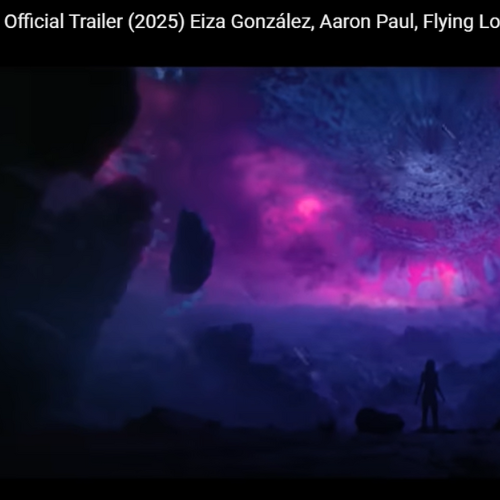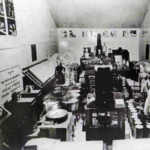A Romance Cut Short by Time and Fate
At the center of We Live in Time is the story of Almut, a passionate chef, and Tobias, a breakfast cereal rep, whose relationship spans years but is ultimately shadowed by terminal illness. What begins with a **chance encounter—a car accident on the night Tobias finalizes his divorce—**turns into a life-altering romance defined by both everyday joys and tragic realities.
The film follows the couple through their early, fiery romance, a complicated pregnancy, and the looming impact of Almut’s cancer diagnosis, which returns years after her first battle. As their story unfolds across time, viewers are invited to piece together the events in a deliberately jumbled chronology, a narrative style that challenges traditional storytelling but seeks emotional resonance.
“The film jumps between first kisses and final decisions, mirroring how memory often unfolds in moments of crisis.”
Non-Linear Storytelling: Artistic or Alienating?
Director John Crowley employs a time-hopping narrative, with scenes shifting without warning between key life chapters. The story unfolds in four major timelines, each shedding light on different facets of the couple’s bond—from early flirtation to final farewells.
- The lack of visual markers (like title cards) forces the audience to track time through Almut’s physical appearance—her shaved head during treatment, her baby bump during pregnancy.
- This structural choice divides audiences: some see emotional logic in the flow, while others find it confusing or emotionally distant.
“Without traditional buildup, some scenes lose their intended emotional payoff, especially during the third act.”
Performances That Carry the Film
Despite mixed opinions on the script’s construction, critics largely agree on one thing: Pugh and Garfield shine.
- Florence Pugh delivers a radiant yet layered performance, portraying Almut as both loving and flawed. Her portrayal captures the complexity of a woman unwilling to be defined solely by illness, motherhood, or marriage.
- Andrew Garfield brings tenderness and subtle vulnerability to Tobias, even if his character is less developed on paper.
Their authentic chemistry helps smooth over the rougher narrative transitions, elevating otherwise familiar melodramatic beats.
“Even in moments where the script falters, Pugh and Garfield make the emotion land.”
A Familiar Tale With a Modern Spin
We Live in Time draws from a long tradition of romantic dramas centered around love and loss, reminiscent of films like The Notebook. Yet, it attempts to evolve the genre by infusing it with modern emotional nuances and less idealized portrayals of relationships.
- Almut’s secret participation in a cooking competition, despite her failing health, introduces themes of individual identity and legacy.
- The film balances romantic highs with the brutal realities of illness, portraying the tension between personal ambition and family obligations.
Still, some critics felt the characters were underwritten or even unlikeable at times, especially Almut, whose decisions—like hiding her illness and competition entry—spark debate over character motivation and audience empathy.
“Instead of pure sentimentality, the film offers a complicated meditation on how we want to be remembered.”
Final Impressions: Love in a Broken Timeline
We Live in Time will not work for everyone. Some viewers may find the structure emotionally disjointed, others may feel deeply moved. What’s clear is that the film dares to push past cliché, even if it stumbles in the process.
It’s a story about cherishing fleeting moments, even as life unravels. For those willing to embrace its fragmented form, it offers moments of raw beauty and intimate reflection.
“This is a film about memory, not just love—and memories, like time, are rarely linear.”
















